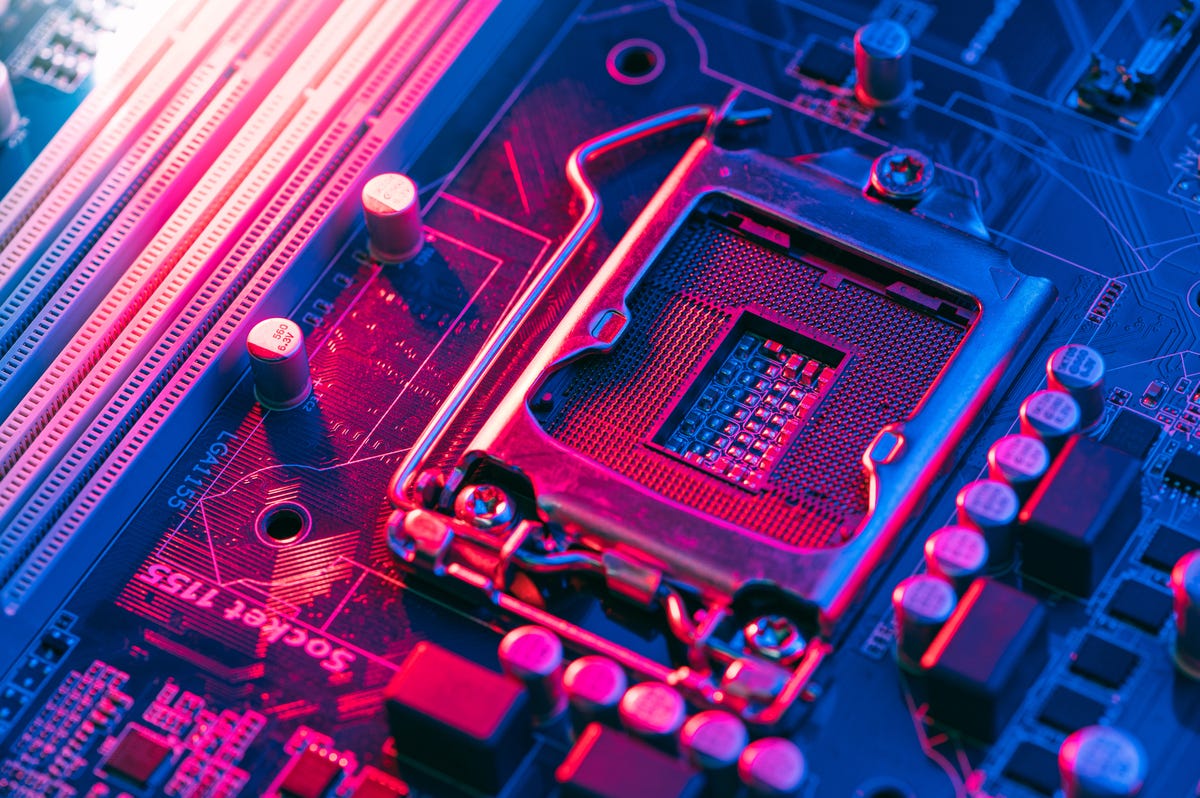What motherboard do I have? 3 fast and easy ways to check

If you want to carry out some PC upgrades – maybe add more RAM or change a CPU – then it’s a good idea to know what motherboard is at the heart of your system. Knowing this means you know what components you need to carry out an upgrade.
But how do you know what motherboard is inside your PC? After all, it’s inside your PC.
Well, fortunately, there are several easy ways to identify the motherboard.
I’m going to show three ways to identify your motherboard. And best of all, none of these ways require you to download and install anything, because while there are some nice motherboard-identifying utilities out there, downloading them means having to run the gauntlet of websites plastered with deceptive “download now” ads, and search results that point to some decidedly dodgy websites.
Ho to identify your motherboard
Probably the quickest and easiest way to find out what motherboard you have is to use the tools built into Windows. I find that this works for most PCs out there and you won’t have to try anything further.
Press Windows + R to open the Run dialog box, and when it opens, type msinfo32 and then hit Enter.
The System information application will open, and it will display a everything you need to know about your PC.
System information app in Windows Adrian Kingsley-Hughes/ZDNET
You’re looking for three lines specifically:
- BaseBoard Manufacturer: The manufacturer of the motherboard
- BaseBoard Product: The name of the motherboard
- BaseBoard Version: The version number of the motherboard
Typing these details into a search engine will likely bring up the motherboard in your PC and give you the information you are looking for.
Whether you bought your PC ready-made, or built it yourself, your PC likely came with information about the motherboard and other components. If you built it yourself, you got a manual with the motherboard (either a physical one, an electronic copy, or information on where to find an electronic copy).
The motherboard’s manual is a veritable treasure trove of information about your PC. It’s one of those manuals that’s definitely worth keeping. Beyond just telling you what motherboard you have, it’ll tell you things like what RAM and CPU it supports, what any error codes or beeps mean, and how to update the firmware.
While I generally put manuals straight into the recycling bin, I make sure to keep motherboard manuals for future reference.
Know what motherboard you have and need a manual? Type the name into a search engine and go to the manufacturer’s website — you’re bound to find a manual there.
If the PC is dead or won’t boot up, and I want to know what the motherboard is so I can order replacement parts, this is when I turn to a visual inspection. Motherboards will usually have the manufacturer and/or name printed on it somewhere.
For example, take this ASUS ProArt X670E-CREATOR WIFI, which has the name printed next to the CPU socket.
Motherboards usually have the manufacturer and/or name printed on them somewhere ASUS
That’s all there is to it!
Also: I built an NZXT BLD Kit gaming PC with my kids and it was an awesome experience

Pingback: 다시보기티비
Pingback: pop over to these guys
Pingback: SEO Affiliate Domination
Pingback: StealthEX crypto exchange
Pingback: bdsm cams
Pingback: healty living
Pingback: my show
Pingback: https://www.makecoworking.com.br/index.php/2025/03/19/soft2bet-18/
Pingback: Frank
Pingback: bonus senza deposito